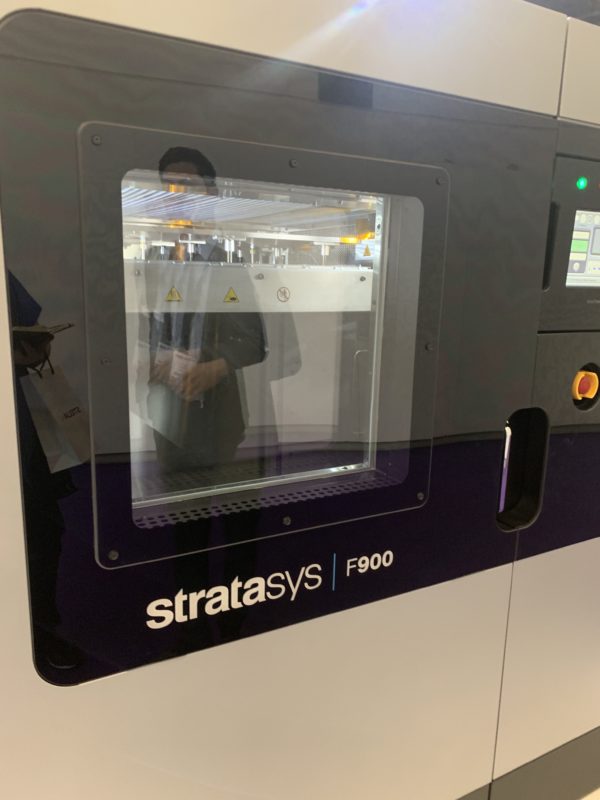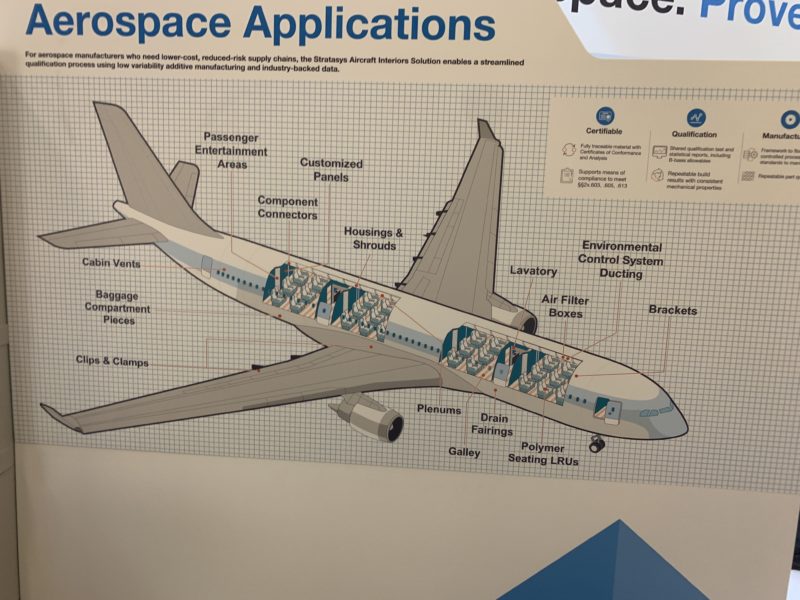Replacement parts of an aircraft cabin can be expensive. They can get even more expensive when you’re needing only a few of them or a very customised component to the cabin. This is where a technology like 3D printing can help and in the example we’re going to look at – additive based printing.
The idea behind additive based printing is pretty simple – you’re adding a filament type material together to make a product (as opposed to traditional subtractive based manufacturing where you are milling away at a metal or plastic to get the desired shape wanted.
So how can this help in the cabin? I talked to Stratasys at AIX, and this seat take-apart shows some of the possibilities
3D printing can be a robust technology, and when used with a compliant material – it gives a strong and durable product that can be useful for the short runs needed – eg, a replacement trim, a specially designed storage compartment, even an enclosure to a seat.
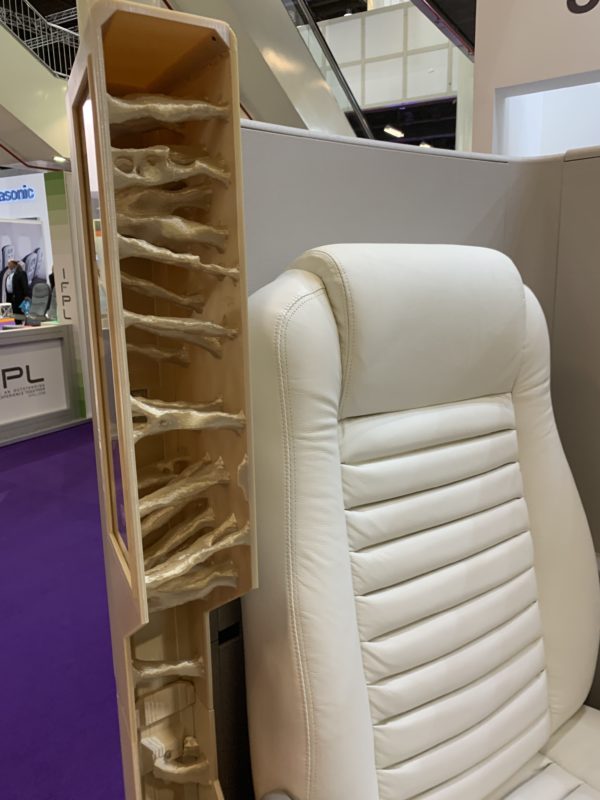
The complex structures can be used to save weight here.
With a 3D product, it’s possible to print it “on demand”, and in many cases – sending a pattern electronically to a printer and pressing the go button. So if you were to make a 3D printed holder for your cabin, in theory, you can design it with Stratasys, send it to a printer, finish it appropriately, and deploy it to the cabin for fitting.
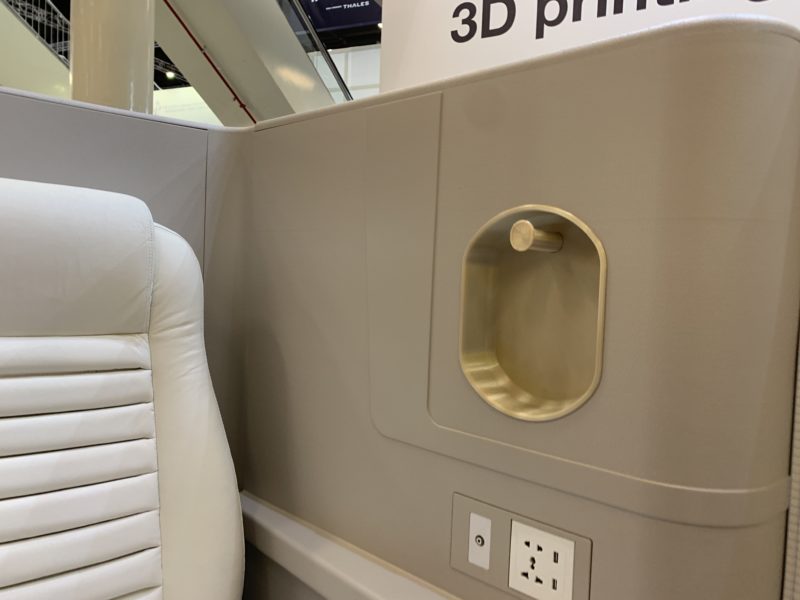
The centre item – unfinished 3D printed item – all around it, finished 3D printed items .
For those scared of supply lines (for example, the long supply lines that were threatened due to a regional-political crisis that are still trying to be resolved), it means the production of the parts can be done locally as opposed to shipping parts in.
And the important thing to note is that you don’t just take a 3D printed part and chuck it in the cabin – you can finish the item too to a specification that would be cabin ready.
A great example of this is China Eastern who used this initially to replace incorrectly printed seat placard signs. Rather than wait pay for such a small scale of work, the entire batch was printed and finished in three days.
Another great use that China Eastern made was to “print” Electronic Flight Bag holders. This again, is a pretty custom part – so being able to design and implement their own holders to support their solution
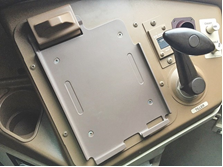
Electronic flightbag holder – Image, Stratasys.
Again, magazine holders are easy to replace it damaged using 3D printed parts. With a lead time of up to three months in the normal supply chain China Eastern can print them as required
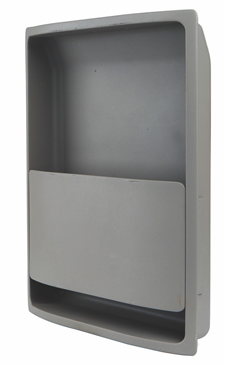
3D printed paper hodlder – Image, Stratasys.
A bright future for 3D printing in the Cabin
3D printing technology has been around for some time – and its been making its way in the cabin slowly. With the possibilities these technologies give, and how they can help Maintenance and Repair operations reduce lead times – without resorting to expensive moulds for short runs – it’s certainly a technology that will improve and refined.
Thanks to Stratasys for introducing me to their concepts and ideas at Aircraft Interiors Expo.
Welcome to Economy Class and Beyond – Your no-nonsense guide to network news, honest reviews, with in-depth coverage, unique research as well as the humour and madness as I only know how to deliver.
Follow me on Twitter at @EconomyBeyond for the latest updates! You can also follow me on Instagram too!
Also remember that as well as being part of BoardingArea, we’re also part of BoardingArea.eu, delivering frequent flyer news, miles and points to the European Frequent Flyer
